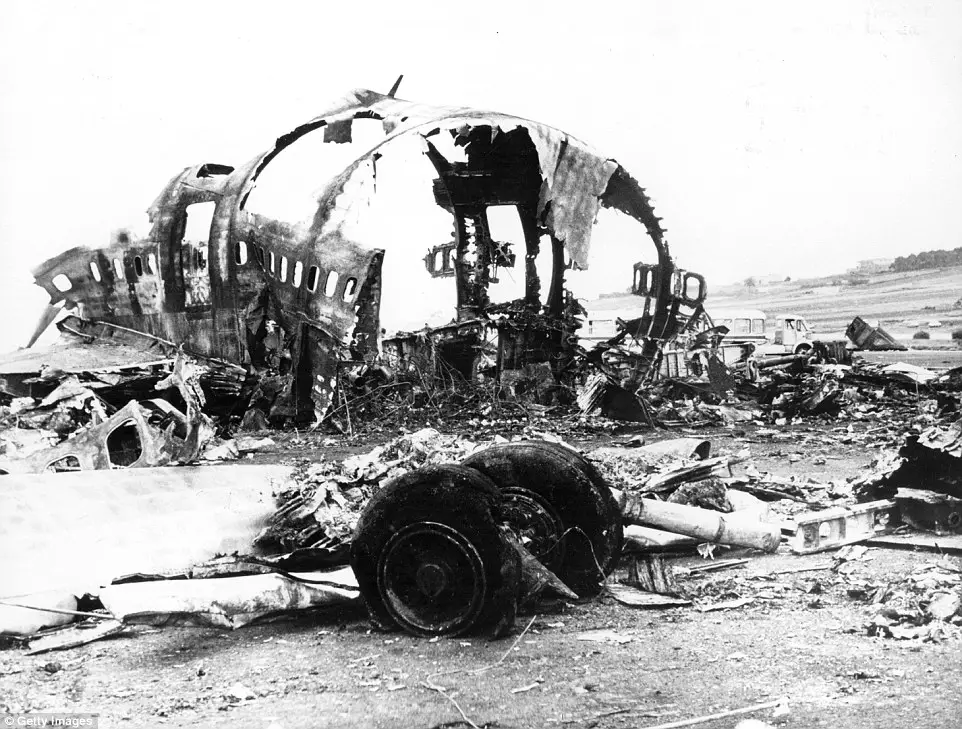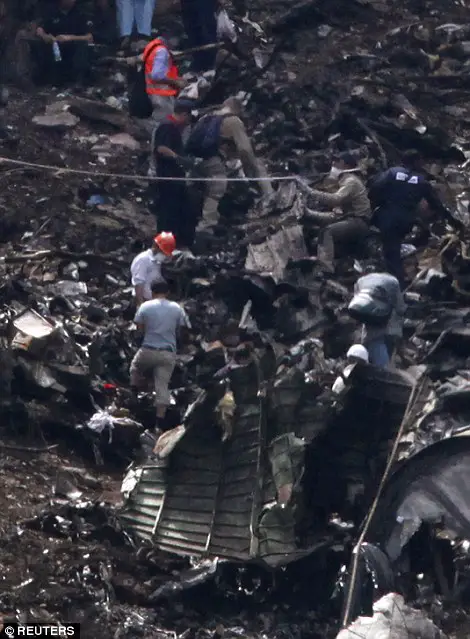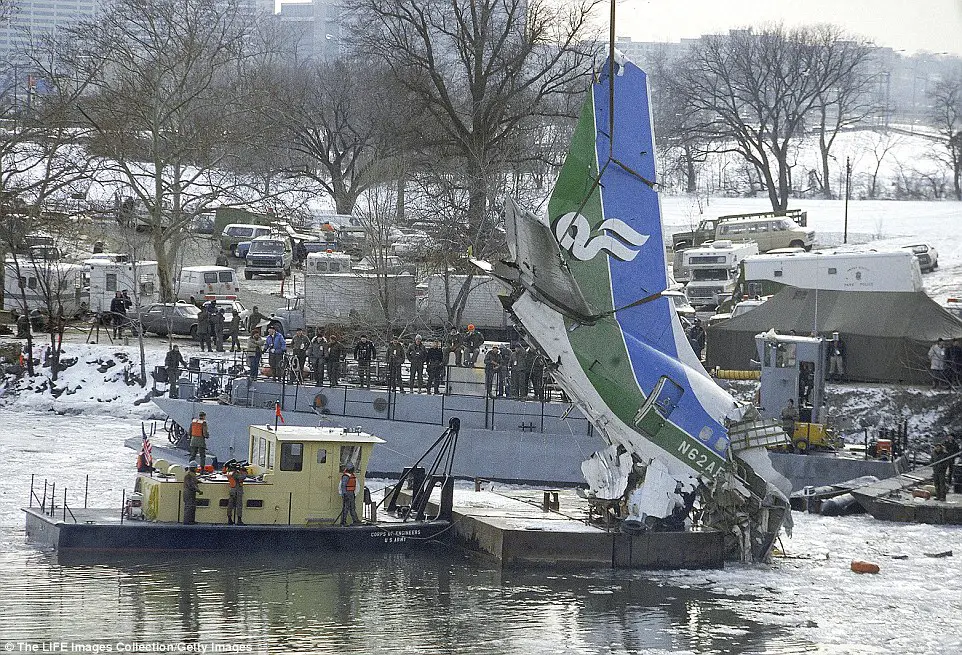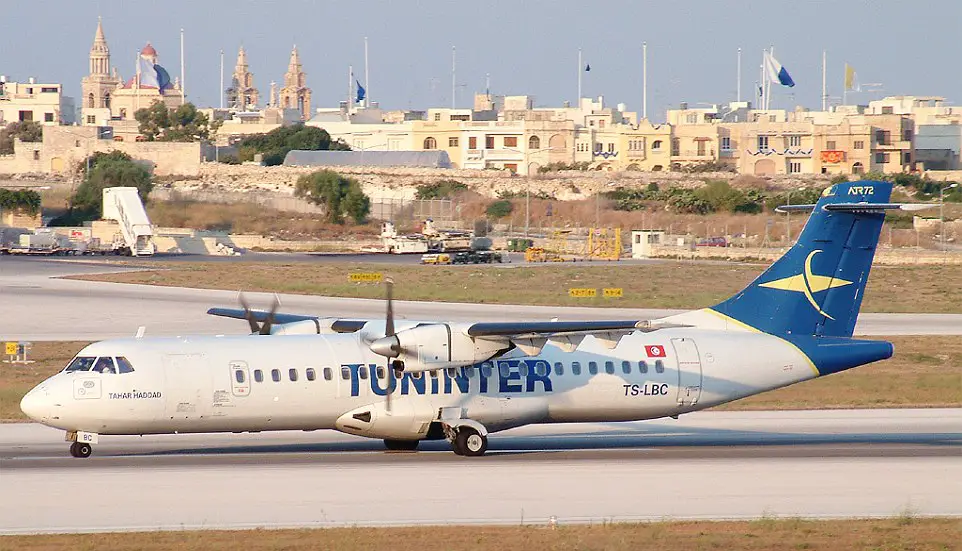Human carelessness is the primary cause of most collisions. When we board an airplane, we entrust our lives to the pilot in the hope that he will perform his duties at the highest level. The fact is that if it weren’t for pilot error, the world would have seen many horrific air disasters that could have been easily avoided.
Aeroflot Flight 593, 1994
On March 23, 1994, this plane tragically crashed on an Aeroflot flight from Moscow to Kong Kong. When the plane crashed in Siberia, every person on board died, seventy-five in all.
Ultimately, it was determined that the co-pilot’s decision to allow his children to play with the controls of the plane – he was second in command to co-pilot Yaroslav Kudrinsky – caused the disaster.
Eldar (15) and Yana (12) had access to the captain’s chair in the cockpit. The plane was in autopilot mode so they were playing with the controls when they were disabled. However, Eldar had to return the system to manual mode by holding down the control column for a full thirty seconds.
It was too late when the captain and co-pilot realized what had happened and tried to regain control. The plane collided with a mountain.
TransAsia Airways Flight 235, 2015
In February 2015, TransAsia Airways Flight 235 tragically crashed into a Taiwan highway bridge before plunging into the Keelung River. The accident occurred shortly after the plane left Taipei’s Songshan Airport.
One of the engines lost power, and the pilot inadvertently shut down the only operational engine by ejecting the wrong shuttle, resulting in a catastrophic disaster that killed forty-eight people. Fifteen of the passengers on board escaped alive.
The pilot said, “Wow, he cut the throttle on the wrong side,” before passing out.
Tuninter Flight 1153 from 2009
Rather than following emergency protocols, the pilot and co-pilot of the plane, which was en route from Djerba, Tunisia, to Bari, Italy, were praying when the plane ran out of fuel due to a mechanical problem. As a result, the plane crashed into the Mediterranean Sea.
A few years later, the captain and co-pilot received 10 years in prison when they were found responsible for the deaths of sixteen passengers on their journey.
The Guardian claims to have heard Captain Shafik Al Gharbi, the pilot, plead for help from “Allah and his Prophet Muhammad”.
The crew tried to regain control of the plane but ended up spooked and allowed the crash, according to evidence. Twenty-three passengers were alive after being pulled from the sea.
Pan Am and KLM collided

When KLM Flight 1736 and Pan Am Flight 1736, two Boeing 747s, collided at Tenerife Airport in March 1977, it is believed to have been one of the deadliest aviation disasters ever.
As a result of this terrible disaster, there were 583 victims.
Poor communication between air traffic control and the KLM flight crew was the cause of this disaster.
The KLM plane attempted to take off, while the Pan Am plane remained on the runway.
Visibility was blocked by thick fog, making it impossible for the two planes to see each other.
Flight 202 from Airblue, Islamabad

This domestic passenger flight crashed on 28 July 2010 near Islamabad, the capital of Pakistan, killing all 146 passengers and six crew members.
It is believed that if the co-pilot had questioned the pilot about his numerous mistakes, this tragedy would have been averted.

According to the Civil Aviation Authority of Pakistan, the co-pilot suffered humiliation from his superior during the flight, resulting in a decrease in his self-worth.
It is said that the captain behaved harshly and snobbishly with the co-pilot. He even ignored air traffic control’s weather advisory. Unfortunately, as things turned out, the co-pilot did not meet the captain. Battling extreme monsoon conditions, the co-pilot failed to intervene and the pilot lost control of the aircraft due to panic. As a result, the plane crashed into the Margalla hills.
Air Florida Flight 90, 1982

Multiple errors, one of which was forgetting to turn on the deicing system, caused Air Florida Flight 90, which was flying from Washington, DC, to Fort Lauderdale, Florida, to crash into the Potomac River, killing 74 people.
The crew decided to use reverse thrust in an attempt to manage the ice build-up after takeoff during the snowstorm, instead of returning to the gate for the appropriate de-icing procedures. Moreover, even though they noticed a power problem, they decided not to abort the takeoff.
Eastern Air Lines Flight 401, 1972

Four days after Christmas in 1972, a burned-out light bulb near the end of an Eastern Airlines Tristar flight from New York’s JFK to Miami caused the captain and co-pilot to veer off course, causing the plane to crash into the Florida Everglades. A lever was inadvertently struck which disabled the aircraft’s autopilot function while they were engaged in checking the damaged landing gear indicator light.
By the time they realized they were losing altitude, it was too late to do anything.
The horrific crash killed 101 people, including the captain. We had seventy-five survivors.
It saddens us even more to know that these tragedies could have been prevented.
Rooted in human error, these tragic air disasters serve as a grim reminder of the critical importance of aviation vigilance, training, and adherence to safety protocols. From the tragic accident of Aeroflot Flight 593, where the pilot’s carelessness led to a catastrophic crash due to his children interfering with the controls, to the harrowing experience of Eastern Air Lines Flight 401, where a simple burnt-out light bulb distracted the crew, these incidents highlight the profound impact of even the smallest mistakes in judgment.
The stories of TransAsia Airways Flight 235, where an engine misstep turned a routine flight into a disaster, and Tuninter Flight 1153, where the crew’s desperate prayers overshadowed emergency procedures, highlight how important it is for flight crews to remain calm and focused. under pressure. The Tenerife airport disaster, caused by miscommunication and obscured visibility, and the Airblue Flight 202 tragedy, where the co-pilot’s silence in the face of the captain’s mistakes proved fatal, highlight the need for clear communication and mutual accountability in the cockpit.
Each of these incidents, from the improper deicing of Air Florida Flight 90 to the tragic descent of Eastern Air Lines Flight 401 into the Everglades, reflects a pattern of avoidable errors that cost lives. They remind us of the high stakes in aviation and the need for continuous improvement in training, equipment, and procedures to ensure that similar disasters do not happen again.
In commemorating these events, we honor the memory of those who lost their lives and reaffirm our commitment to making air travel as safe as possible. These lessons are a call to action for everyone in the aviation industry to uphold the highest standards of safety and ensure that future generations of passengers can fly with confidence and safety.


